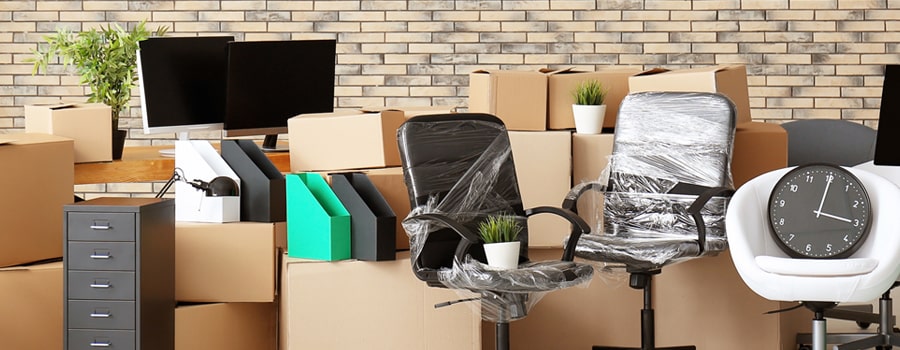
Austin Van & Storage can provide you with expert packing services. However, for those who prefer performing the packing themselves, we’ve provided some helpful tips below.
Getting Started
Before starting, here’s a helpful game plan:
- Pack one room at a time. This will make unpacking much easier
- Start packing belongings you won’t be using before your move.
- Mark all boxes with a room and number. This will allow you to make a log to identify the number of boxes per room and the contents in them.
- Notify your mover of any high value goods.
- Be sure to have plenty of fill material available. It’s easy to runout a few days before the move so always have extra just in case.
- Ensure that the bottom of all boxes is secure to prevent any issues with the content falling out.
- Do not use masking tape since it could cause moisture to enter the box.
- Pack heavier items toward the bottom of the box.
- Keep the max weight of each box at 50 pounds or less. This will make moving a lot easier and preserve the box during the move. A good rule to follow – the heavier the item, the smaller the box.
- Everything that can fit in a box needs to be in a box. Ensure that they are properly sealed and firm when pushing from the top.
Packing dishes and glasses is more difficult than other belongings. Use the proper containers with plenty of padding on the bottom, top, and sides. This will act as a bumper and help protect the contents of the package during the move.
Here are some steps to follow to ensure that these fragile items arrive in one piece.
Packing Dishware
- Select a medium-sized box (or mover provided dish pack preferably) and line the bottom of the carton with crumpled packing paper
- Center one plate on packing paper, such as clean newspaper on a work table.
- Take a corner of the paper and pull it over the plate until the sheet completely covers the plate. Stack a second plate on top and continue the process in a clockwise way, taking a corner and covering each plate from there on.
- Turn your wrapped stack of plates upside down onto the packing paper
- For extra security, re-wrap the entire bundle with another layer of paper
- Seal the bundle with packing tape
- Place the bundle of plates in the box so that they are standing on the edge. Be careful, placing them flat in the box could cause the weight to crack the plates.
Use this method for all plates, saucers, bread and butter dishes, etc. When packing smaller dishes, you may want to stack more of them.
Packing Glasses and Stemware
- Place crumpled tissue or packing paper inside of glasses and stemware before wrapping. Failing to do so could cause the glasses to break.
- Lie your glass on the corner of packing paper and roll one or two rotations (depending on the size). Pull sides of the packing paper up and over the glass and continue rolling to the other corner.
- Heavier items such as plates, pitchers, etc. should be placed toward the bottom of the box.
- Don’t forget to line the carton with filler as you go.
- Delicate glassware and stemware should be placed in an upright position, not on its side.
No matter what you are packing, you should use crumpled paper as filler in between each layer to assure a snug fit wherever there is a gap. All boxes with “fragile” items should be marked fragile-this end up.
Cars & Motorcycles
Cars and motorcycles shipped in the moving van should have a fuel level as near to ¼ tank as possible. Motorcycle batteries should be disconnected.
Do not pack anything inside of the car.
Barbecue Grills and Propane Tanks
Wrap grates and briquettes separately in newsprint and place parts in carton. Pad carton to reduce movement of contents. Propane tanks cannot be put in the moving van even if they are empty.
Very Important: Please Note
The mover cannot be held responsible for items left at your home after loading. It’s your responsibility to make sure nothing is left behind. Please make sure to check your closets, cabinets, drawers, attics, basement, garage, and other outside areas before the driver lives.
Do not ship bank bills, coins, currency, securities, deeds, notes, drafts, valuable documents of any kind, jewelry, postage or revenue stamps, stamp collections, precious stones, or precious metals. These items are not covered by any insurance option.
The only items to be left in the drawers of furniture should be clothing. No loose, heavy, or valuable items!







